“Buddha Eyes Hand-Etched Singing Bowl” has been added to your cart. View cart

Similar Posts
Top 10 Tallest Lord Shiva Statues from Nepal and World
Byadmin
Har Har Mahadev! The Hindu god Shiva (Sanskrit: Auspicious One) is one of the principal…
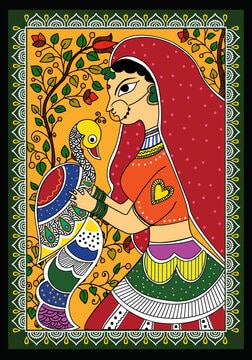
Mithila Painting: A Traditional Art Form from Nepal’s Mithila Region
Byadmin
INTRODUCTION Mithila painting, also known as Madhubani art, is a rich and vibrant traditional art…
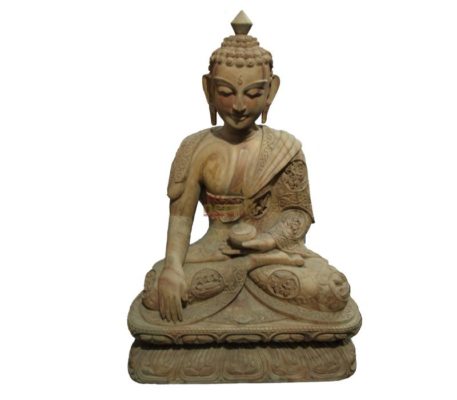
Different types of buddha statue – best list sorted by used material
Byadmin
Buddha “An Awakened one” also admired as profounder of Buddhism, is a legendary religious leader…

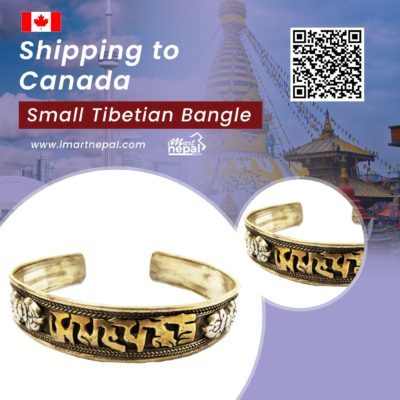
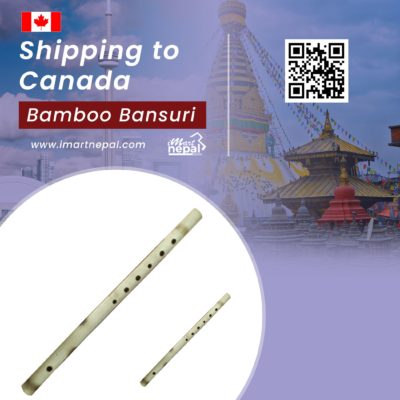

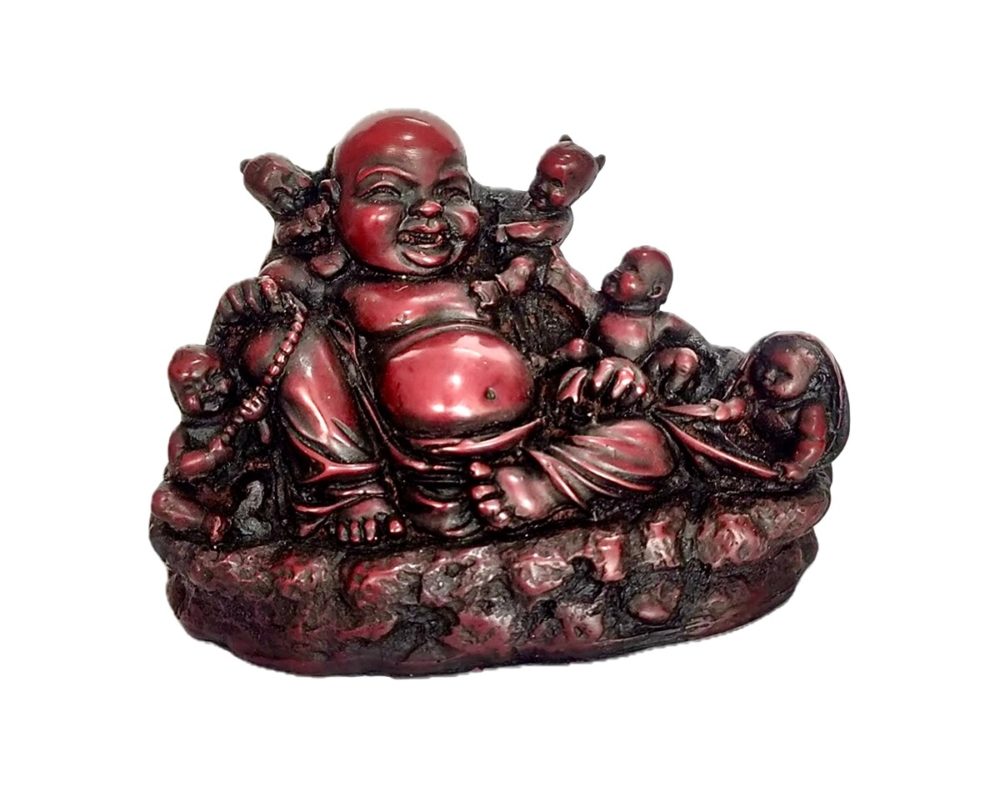 Laughing Buddha with Children
Laughing Buddha with Children 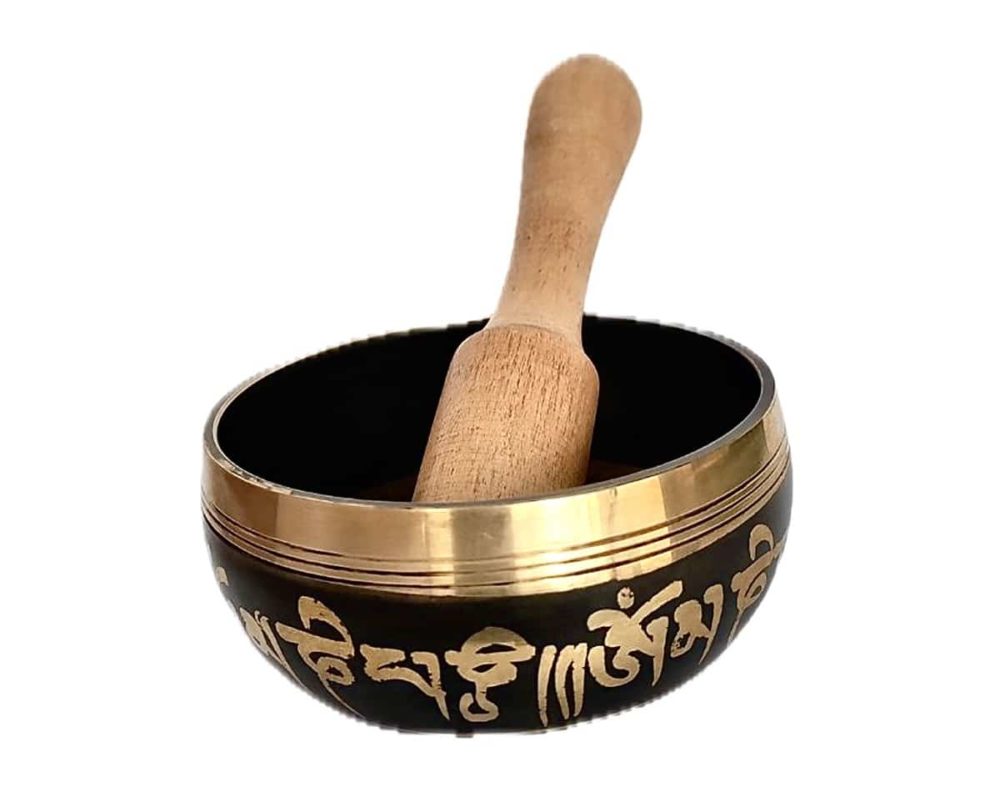 Buddha Eyes Hand-Etched Singing Bowl
Buddha Eyes Hand-Etched Singing Bowl